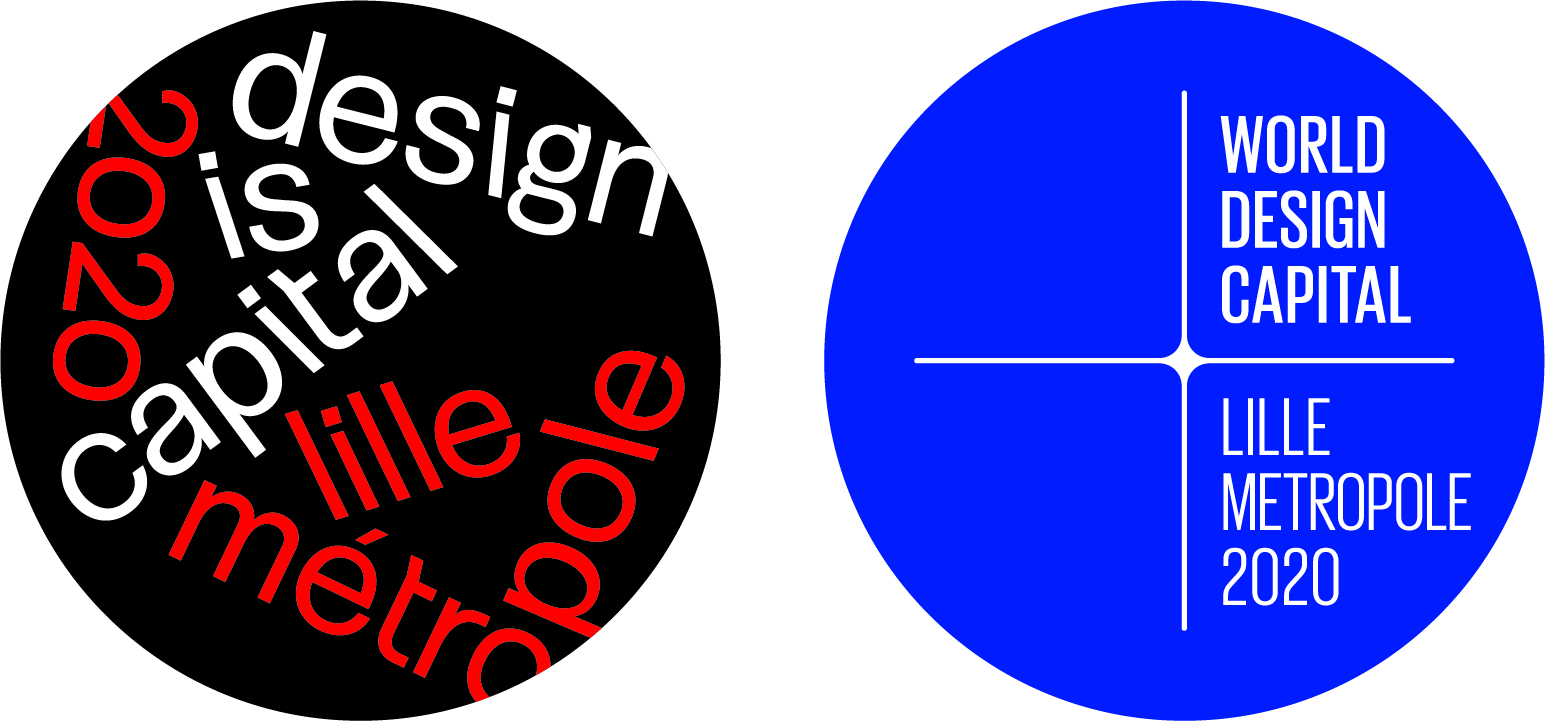POC Gulivers campus
Cooperating for a non-disabling environment
Is it the people who are disabled… or the environment that is disabling? In 2020, our built environment still leaves out the most vulnerable: the disabled, the elderly, the sick… How can we get rid of the “hand in cap”, the luck and inequality game? How can we support an equal access to goods, services and citizenship? How can we foster a democracy conducive to inclusion and spatial justice?
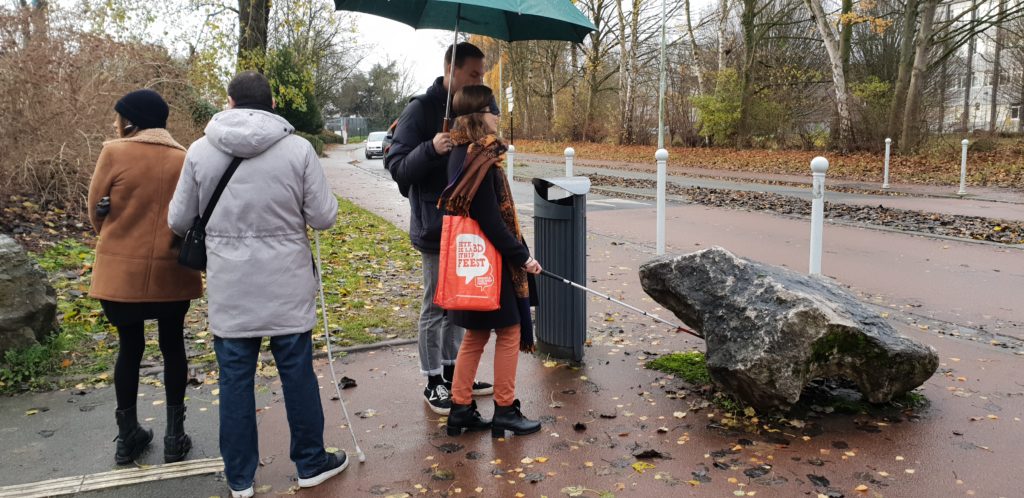
A web app to evaluate and visualise uses
Researchers, students, staff and members of the Handifac association… and all the users of the Cité Scientifique campus of the University of Lille, whether disabled or not, are working together to develop the diagnostic criteria, carry out a collective investigation, formulate solutions and design a web application, GEVU, for Global Evaluation and Visualisation of Uses. The app will have four functionalities: a dynamic and participative map, data visualisation of space and building diagnostics, development of external and internal itineraries according to different profiles (deficiencies, injuries, pregnancy, transport of objects…) as well as decision help to prioritise actions and carry out transformations. The University welcomes populations of relevant age. Student life is a crucial step towards financial independence and civic autonomy. The project combines research, action and training of future professionals into inclusive perspectives.
An innovative participatory methodology
Two paths cross: participatory methodologies, in order to find the right solutions, and the opportunities that come with the digital revolution. Data visualisation tools can be powerful vectors of change if they are based on the principles of sharing and collective intelligence. The hypothesis is simple: improving the accessibility of equipment, buildings, pathways… for the most vulnerable contributes to increasing the comfort and quality of spaces and places for the benefit of all. The project takes place on a relevant experimental ground: a university campus. As with many universities, the problems with locating and the difficulties related to mobility, perception and understanding of places, concern both disabled and non-disabled people.
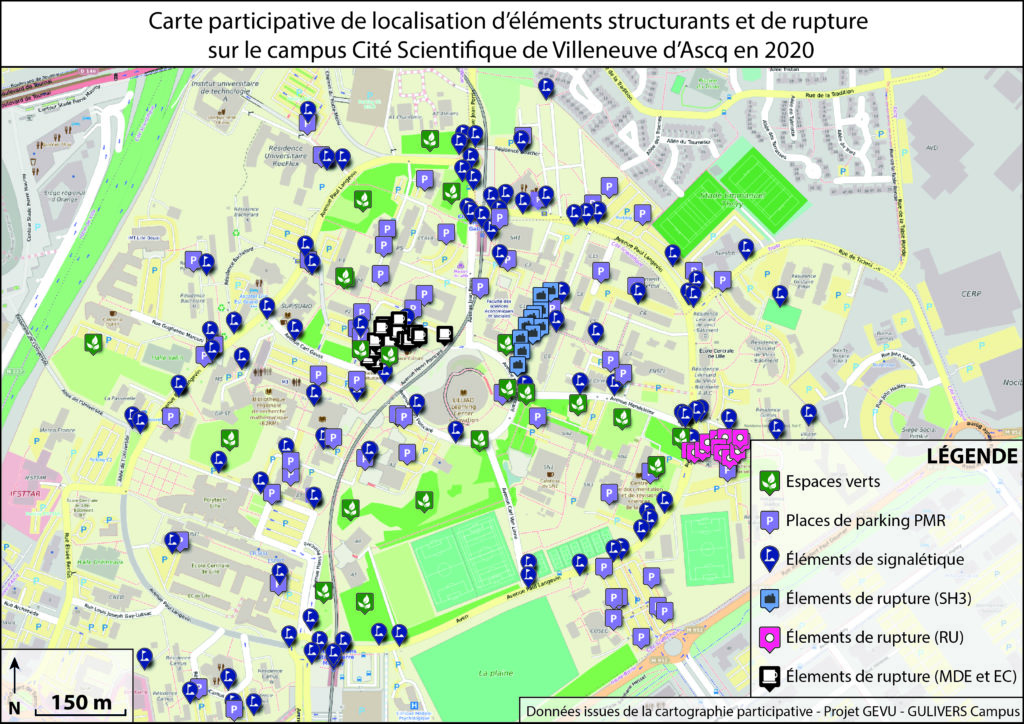
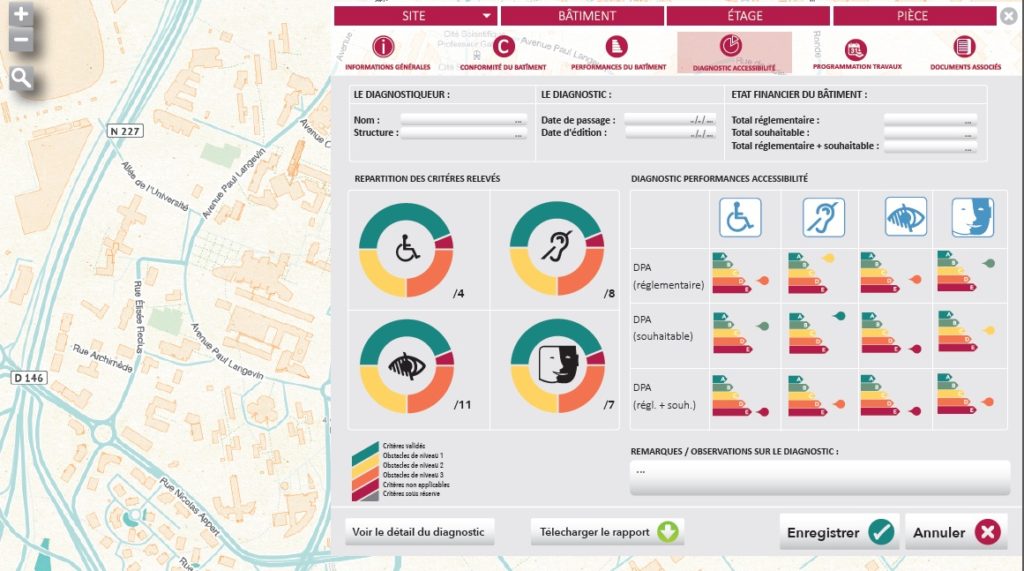
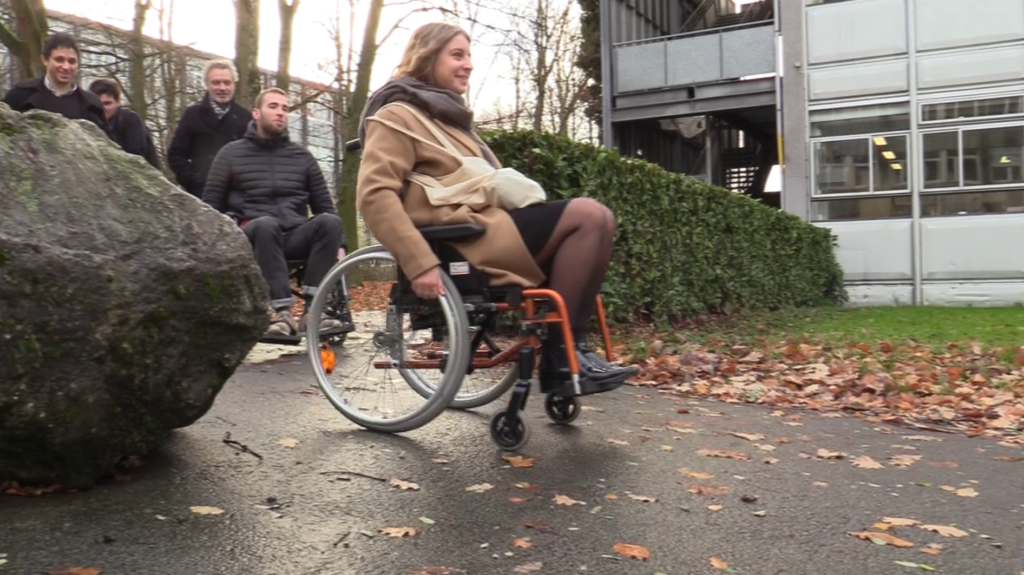
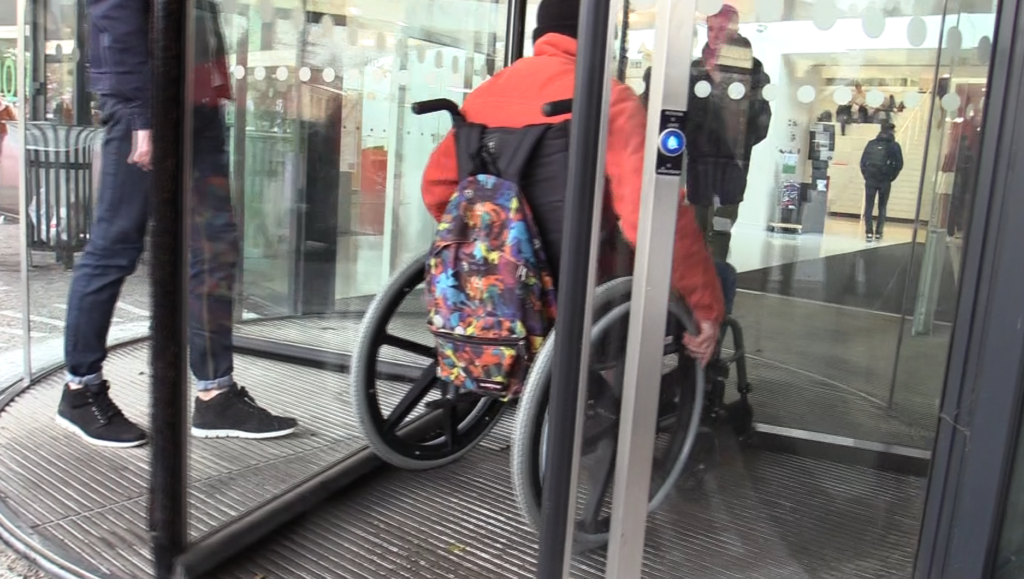
- Project polders : TVES Laboratory, University of Lille, Franck Bodin, geographer-urban planner, Marie-Lavande Laidebeur, ethnologist.
- Designers : Tiphaine Dejonge, services designer, MAALAI
- Stakeholders : Association Handifac, FIRAH, CCAH, Commune de Villeneuve d’Ascq, Région Hauts de France, SATT, Université de Laval (Québec)
- Photo credits : Laboratoire TVES, Université de Lille, Franck Bodin, géographe-urbaniste, Marie-Lavande Laidebeur, ethnologue
